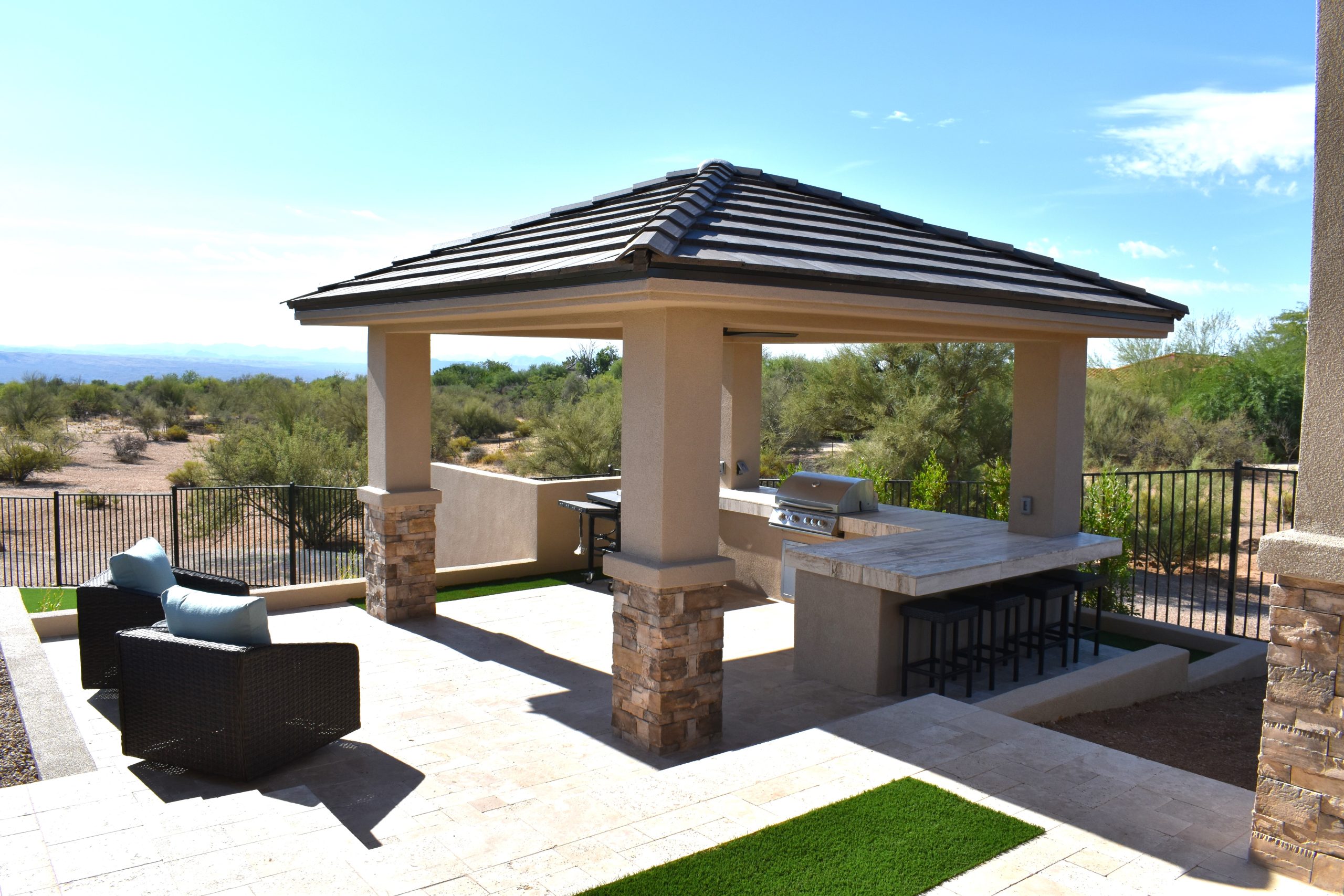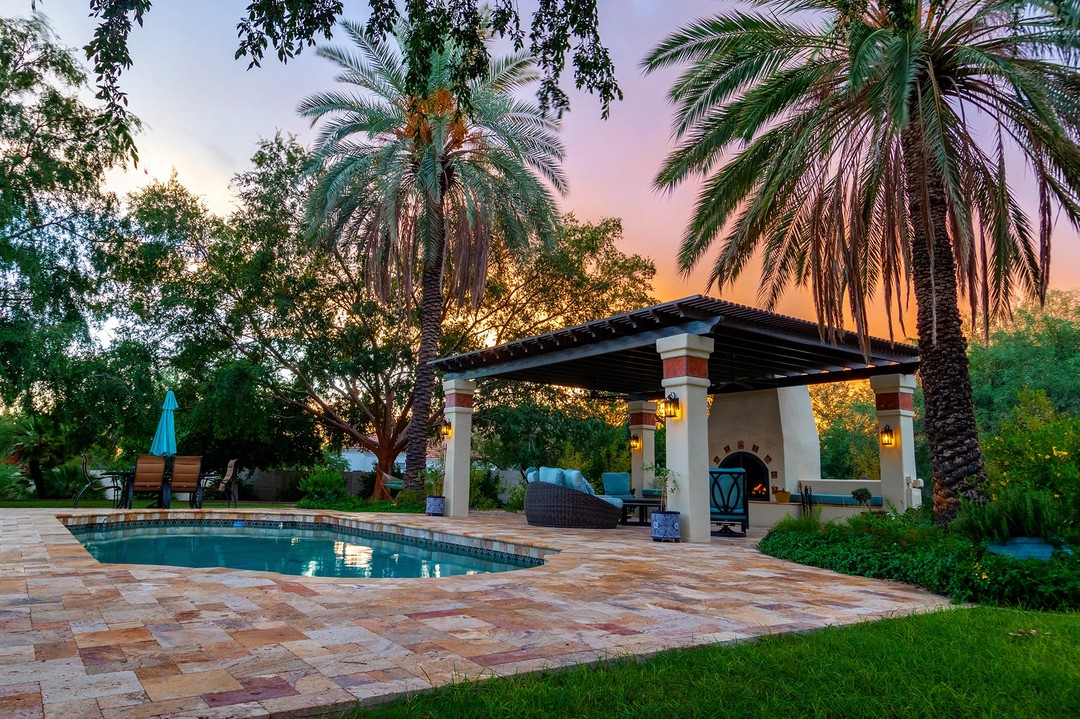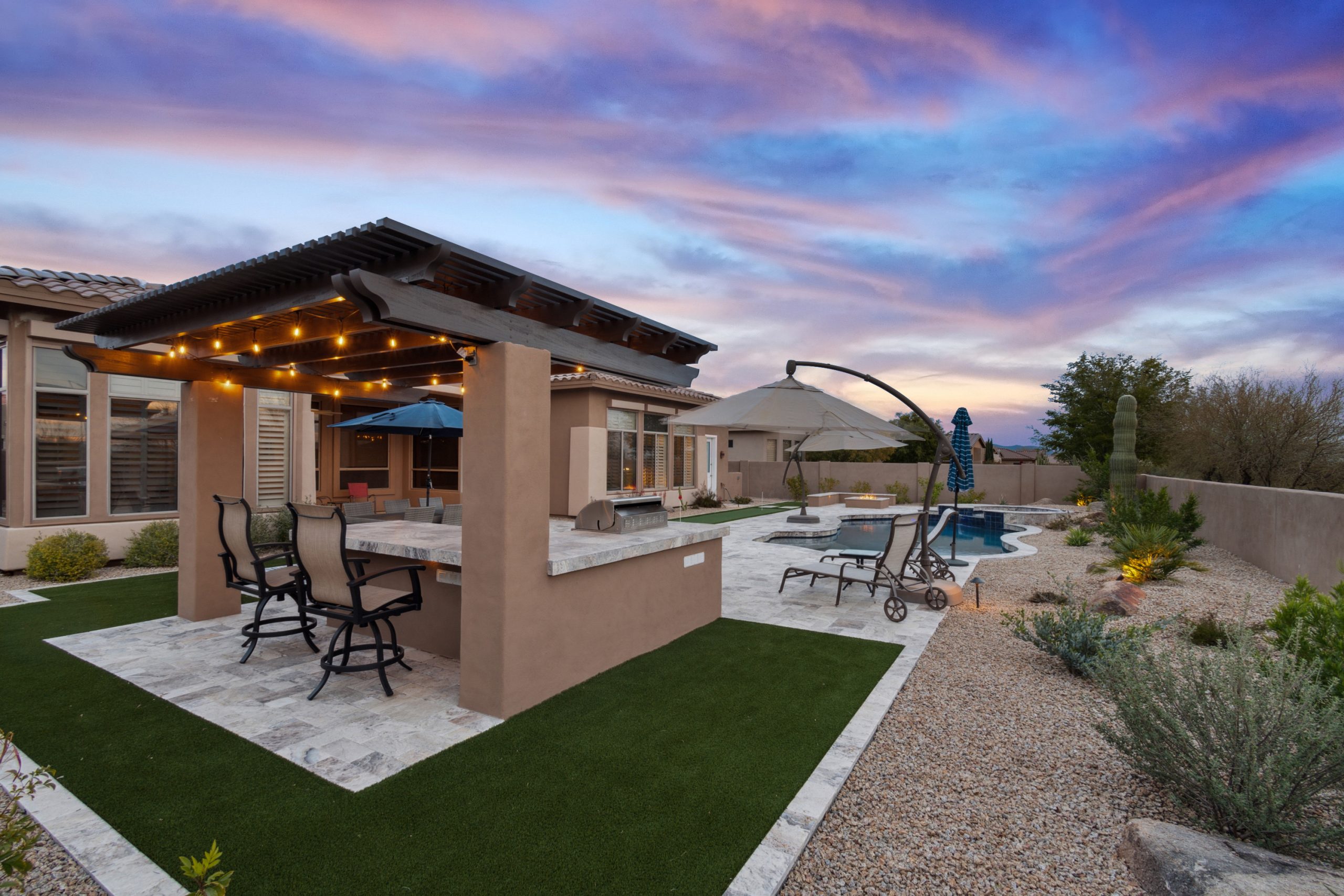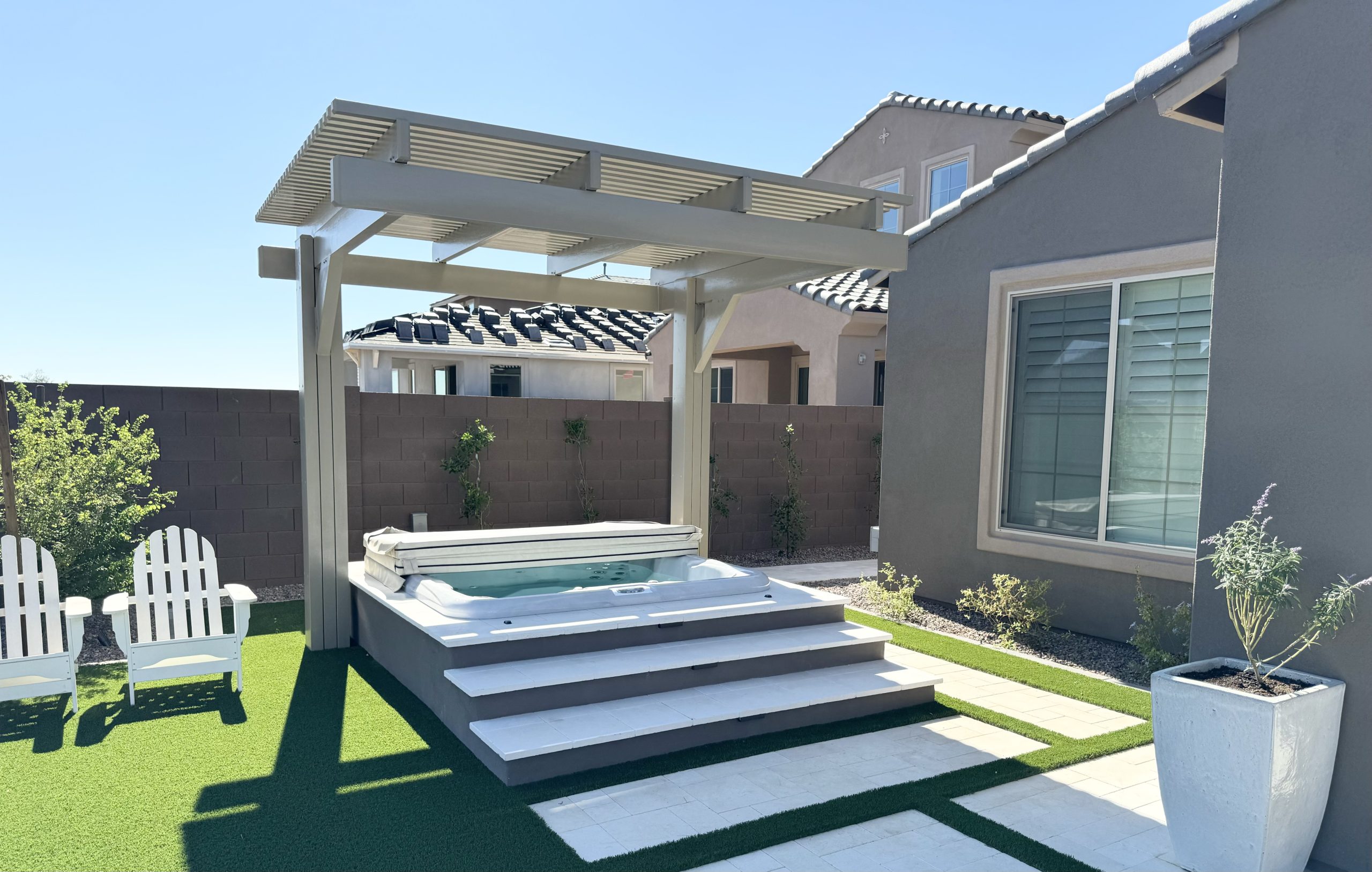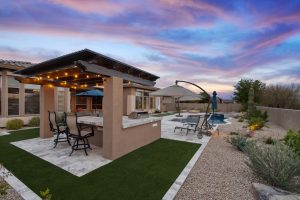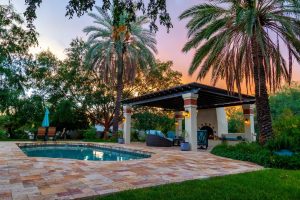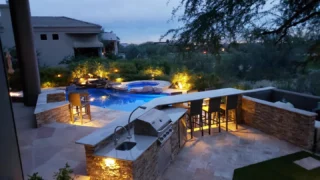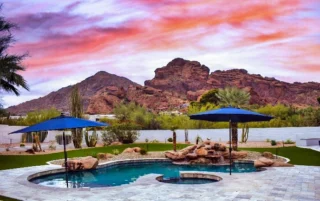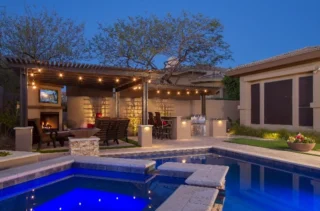
Comfort

Design

Entertain
Enjoy the outdoors year-round with custom outdoor shade structures built for Arizona living. At Think Green, we design and install pergolas, gazebos, and canopies that provide lasting protection from the sun while enhancing the beauty of your backyard.
Whether you want a shaded patio for family dinners, a poolside canopy for friends, or a gazebo that becomes the centerpiece of your garden, our team brings creativity, durability, and expert design to every project.
Get Your Free Outdoor Shade Consultation
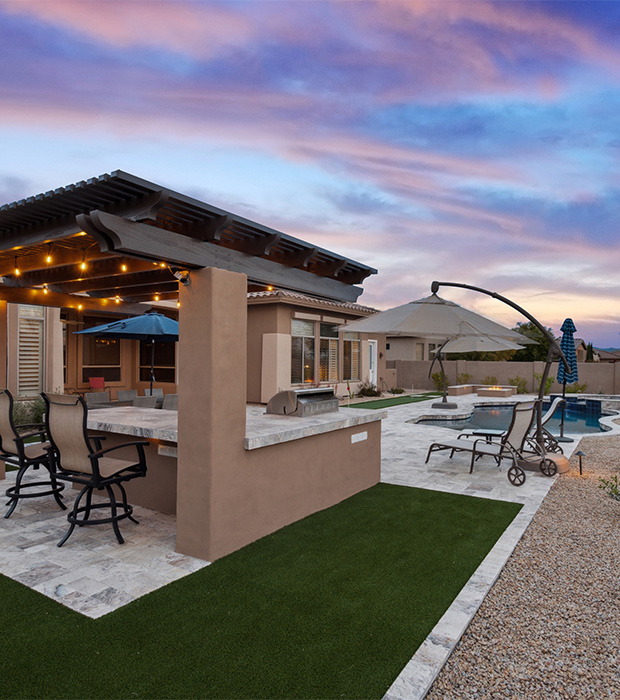
"*" indicates required fields
Picture This...
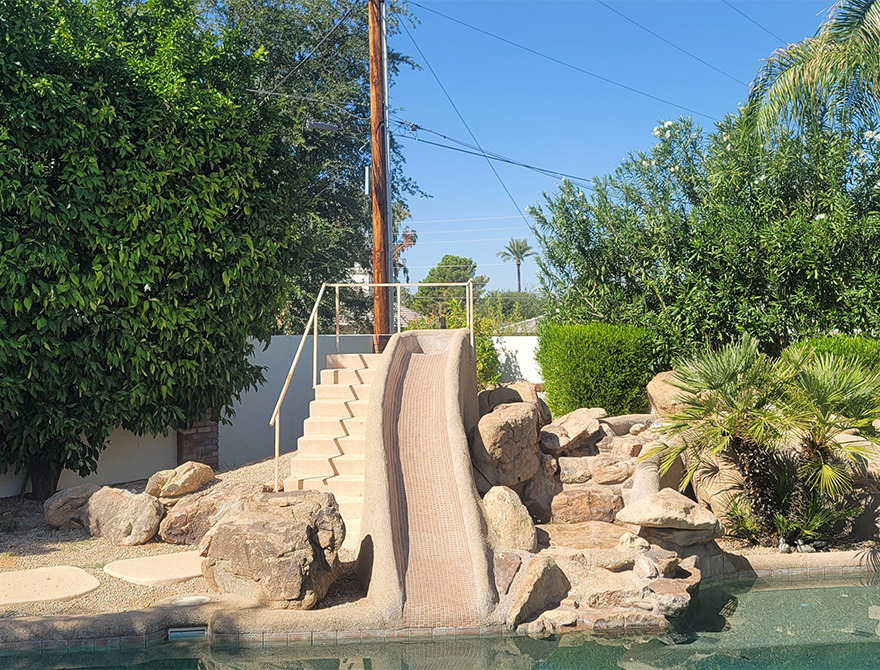
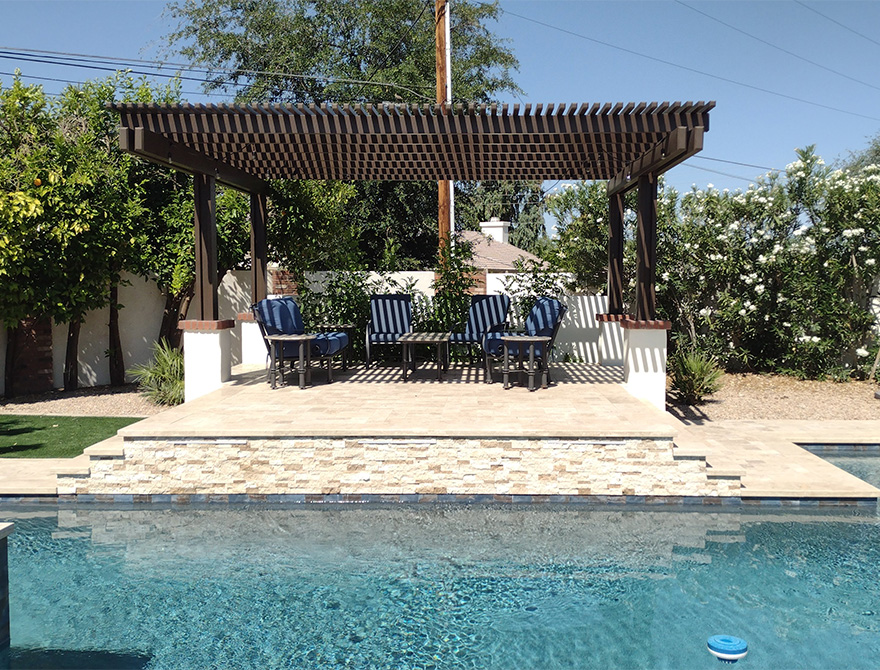
Gallery
See how homeowners across Scottsdale, Phoenix, and the Valley have transformed their patios, backyards, and decks with custom shade designs. From pergolas and canopies to gazebos and shade sails, our projects highlight durable materials, stylish details, and comfortable outdoor spaces built to last.
Do you have a dream project?
Built for Arizona’s Climate
Our outdoor shade structures are designed with strength and function in mind:
- Shade coverage that keeps patios and backyards cooler
- Weatherproof, durable materials built to handle sun, rain, and wind
- Custom posts, beams, and layouts for stability and style
- Flexible design options—freestanding or attached to your house
From concept to installation, we handle every detail to ensure your shade structure looks great, functions perfectly, and lasts for years.
Why Choose Outdoor Shade Structures?
A custom shade structure is more than just shelter—it’s an investment in comfort, design, and lifestyle.

Custom Options
For colors, sizes, and styles to fit your home’s architecture.

Durable Construction
Using alumawood, aluminum, or steel for long-lasting use.

Versatile Designs
Pergolas, gazebos, canopies, or shade sails.

Seamless Integration
With patios, pools, gardens, & outdoor areas.
Our Service Areas
We proudly provide custom shade structures and landscape design services throughout Arizona, serving:
Scottsdale • Phoenix • Paradise Valley • Arcadia • Rio Verde



frequently asked questions
In 2025, outdoor shade structures come in a variety of designs and materials to cater to different needs and aesthetics. Popular options include pergolas, which are typically made of wood or metal and provide partial shade while allowing some sunlight to filter through; awnings, which are often fabric-based and can be retractable for versatility; gazebos, offering a more enclosed space with full coverage that can be adorned with curtains or screens for added comfort; and shade sails, which are tensioned fabric structures that create unique geometric shapes and can cover large areas. Additionally, modern innovations have introduced eco-friendly options like bamboo or recycled materials, as well as smart technology integrations that allow for adjustable shading based on the sun's position.
Choosing the right shade structure for your patio involves several key considerations to ensure it meets your needs and complements your outdoor space. First, assess the size of your patio and the amount of shade you desire; larger areas may benefit from a pergola or a retractable awning, while smaller spaces might be well-suited for a stylish umbrella or a sail shade. Next, consider the materials: durable options like aluminum or treated wood can withstand various weather conditions, while fabric shades offer versatility and easy installation. Additionally, think about the aesthetic appeal—select a design that harmonizes with your home’s architecture and landscaping.
Shade structures offer a multitude of benefits that enhance outdoor spaces for both residential and commercial use. Primarily, they provide protection from harmful UV rays, significantly reducing the risk of skin damage and heat-related illnesses during sunny days. Additionally, these structures help regulate temperatures in outdoor areas, creating a more comfortable environment for gatherings, relaxation, or recreational activities. They can also protect furniture and surfaces from sun damage and fading, extending their lifespan. Furthermore, shade structures can add aesthetic value to landscapes, contributing to the overall design and functionality of outdoor spaces while potentially increasing property value. Lastly, they often serve as focal points for social interaction, encouraging people to spend more time outdoors in a pleasant setting.
Yes, there are several portable outdoor shade options available that cater to various needs and preferences. Among the most popular choices are pop-up canopies, which are lightweight and easy to set up, making them ideal for picnics, beach outings, or outdoor events. Additionally, portable umbrellas come in a range of sizes and styles, providing flexibility for different spaces and occasions. Another innovative option is the use of retractable shade sails, which can be easily installed and removed as needed while offering a modern aesthetic. Moreover, some companies have developed inflatable shade structures that provide instant coverage with minimal effort. These portable solutions not only offer protection from harmful UV rays but also enhance comfort in outdoor environments.
The cost of outdoor shade structures can vary significantly based on factors such as size, materials, and design complexity.
Outdoor shade structures are typically constructed using a variety of materials, each chosen for its durability, aesthetic appeal, and functionality. Commonly used materials include aluminum and steel for the framework due to their strength and resistance to corrosion, making them ideal for withstanding various weather conditions. Fabric canopies made from UV-resistant polyester or acrylic are popular for providing effective sun protection while allowing light to filter through. Additionally, wood is often utilized for its natural beauty and warmth, particularly in pergolas and gazebos. Some modern designs incorporate polycarbonate panels that offer both shade and protection from rain, while also allowing natural light to pass through. Overall, the combination of these materials allows for versatile designs that cater to different outdoor environments and user preferences.
Outdoor shade structures can last anywhere from 10 to 30 years, depending on several factors including the materials used, the quality of construction, and the environmental conditions they are exposed to. For instance, high-quality aluminum or steel frames typically offer greater durability compared to wood, which may be susceptible to rot and insect damage. Additionally, UV-resistant fabrics can significantly extend the lifespan of fabric-based shade solutions by preventing degradation from sun exposure. Regular maintenance, such as cleaning and inspections for wear and tear, can also enhance longevity. Ultimately, investing in a well-constructed shade structure with appropriate materials will yield the best results in terms of durability and performance over time.
Yes, there are building codes for installing shade structures, which can vary significantly depending on the location and type of structure. Generally, these codes address factors such as structural integrity, wind resistance, and fire safety to ensure that the shade structures are safe and durable. For instance, many municipalities require permits for permanent installations, particularly if they exceed a certain height or size. Additionally, local zoning laws may dictate where shade structures can be placed in relation to property lines and other buildings. It is essential for homeowners and contractors to consult their local building authority or a licensed architect to ensure compliance with all applicable regulations before installation.
Outdoor shade structures require regular maintenance to ensure their longevity and functionality. This includes routine inspections for any signs of wear or damage, such as rust on metal components or tears in fabric canopies. Cleaning is essential; debris like leaves and dirt should be removed periodically to prevent mold and mildew buildup, especially on fabric surfaces. Depending on the material, applying protective coatings or sealants can help guard against weather elements, UV rays, and moisture damage. Additionally, it’s advisable to check and tighten any loose bolts or fasteners to maintain structural integrity. Seasonal maintenance, particularly before heavy use periods like summer, can greatly enhance the durability and appearance of these structures.

